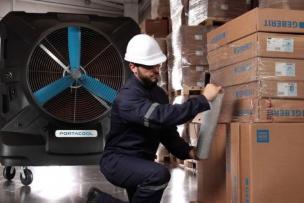Australian underground mining is one of the harshest working environments that personal protection equipment (PPE) could possibly be exposed to. With a mixture of high moisture, salinity and products such as Amfo (a compound used in conjunction with explosives) which is used by "charge up crews" in nearly all underground mines, PPE equipment is put to the test.
The task was to develop suitable fall protection products including harnesses and fall kits to suit the working applications and environment. Prototypes were developed and trialled by end users over a period of several months.


Talk to Us!
Leave a reply
Your email address will not be published. Required fields are marked *